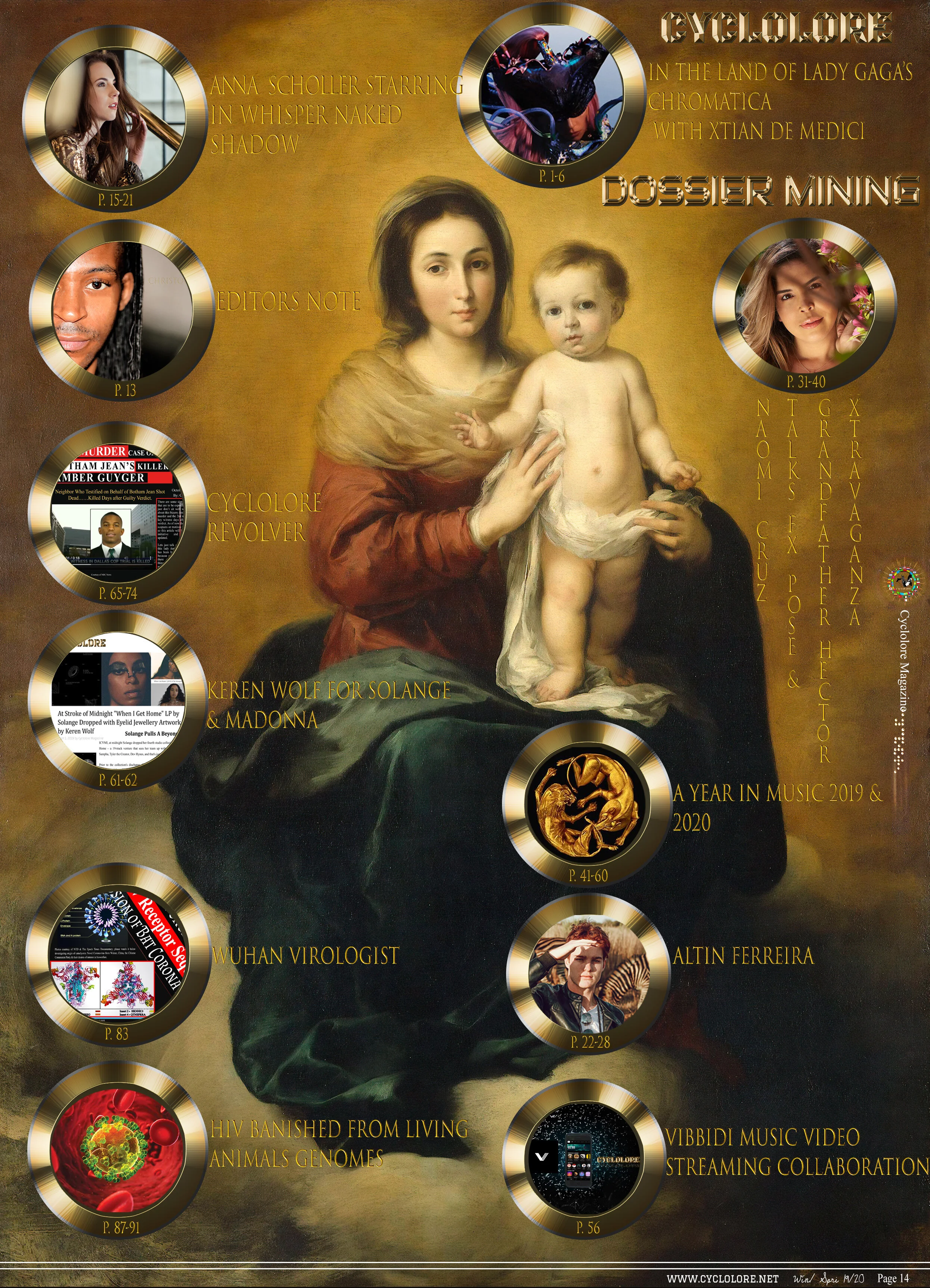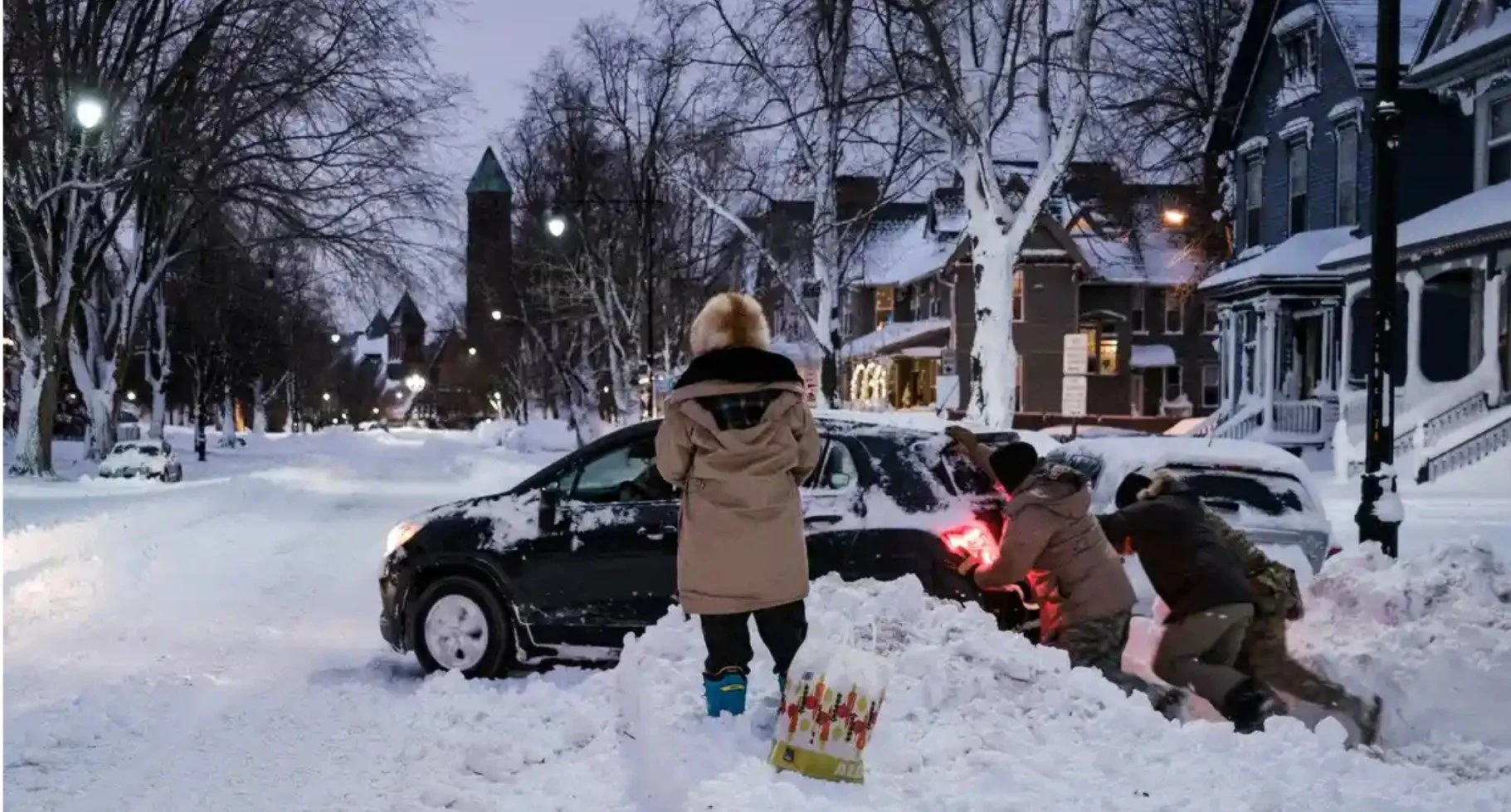What Ignited the Maui "Hell on Earth" Inferno? What we've learned behind the Lahaina Blaze
Maui County reported in a statement Wednesday night that at least 36 individuals were killed in the flames.
Wildfires of Muai burning in Hurricane Winds
Deadly wildfires raging in Hawaii have forced evacuations and knocked out electricity to thousands, fuelled by a combination of land and atmospheric conditions known as "fire weather." A major fire burned much of the ancient town of Lahaina on Maui, forcing some residents to flee into the bay for safety.
The US Coast Guard said that workers rescued 14 persons who had leapt into the Lahaina harbor to escape the flames. In remarks to CBS Honolulu affiliate KGMB-TV, store owner Alan Dickar recounted witnessing businesses "engulfed" in flames on both sides of Front Street, a famous tourist attraction.
"There were no fire trucks at that point; I think the fire department was overwhelmed," Dickar explained to the station. Later, he told CBS News' Patrick Torphy, "Maui can't handle this." Many individuals have lost their employment as a result of company fires. Many individuals were displaced from their houses. This will be disastrous for Maui."
What was the cause of the Maui fire?
When the flames broke out, much of Hawaii was under a red flag warning for fire danger, but the specific origin of the inferno is still unknown.
"We don't know what actually started the fires, but we were made aware in advance by the National Weather Service that we were in a red flag situation — so that's dry conditions for a long time, so the fuel, the trees, everything was dry," Maj. Gen. Kenneth Hara, commander general of the Hawaii Army National Guard, said at a press conference on Wednesday. This, along with low humidity and heavy winds, "created the conditions for wildfires," he explained.
Hurricane Dora, which was sweeping across the Pacific Ocean hundreds of miles south of the Hawaiian islands, was responsible for the high winds fueling the fires, according to the National Weather Service.
The Central Pacific Hurricane Center classed the hurricane as a Category 4 on Wednesday morning, contributing to severe wind gusts of more than 60 miles per hour that ripped over Maui, knocking down power lines and destroying houses.
As wind gusts increased on Tuesday evening, National Guard helicopters mobilized as part of the state's emergency response to the wildfires were grounded.
Acting Hawaii Gov. Sylvia Luke signed an emergency proclamation enabling the deployment of National Guard troops on Tuesday, and the state of emergency was extended on Wednesday. She warned against "non-essential air travel to Maui."
In a tweet Sunday, the National Weather Service stated that considerable changes in atmospheric pressure between the cyclone and the air north of Hawaii generated a pressure gradient over the islands, which, when paired with dry conditions, posed a major hazard of fires and damaging winds. "While Hurricane Dora passes well south with no direct impacts here, the strong pressure gradient between it and the high pressure to the north creates a threat of damaging winds & fire weather (due to ongoing dry conditions) from early Mon to Wed," the National Weather Service noted at the time.
How do wildfires often begin?
According to the National Park Service, people are responsible for about 85% of wildfires in the United States. Fires started in this manner might occur as a result of leaving campfires unattended, burning debris, utilizing various types of equipment, and inappropriately discarding cigarettes. According to the EPA, intentional acts of arson are another form of human-caused wildfires. Wildfires are naturally caused by lightning and volcanic activity, however officials caution that lightning strikes are a considerably more common spark. Strong winds, low relative humidity, unstable atmospheric conditions, and thunderstorms all contribute to what meteorologists call "fire weather," according to Nick Nauslar, a meteorologist and former weather forecaster at the National Oceanic and Atmospheric Administration's Storm Prediction Center, in a 2018 article.
According to NOAA, wildfires can spread quickly in hot, dry, and windy conditions — especially when those conditions occur simultaneously. Most often, lightning strikes a tree and ignites a fire, but strong winds can also spark power lines, which go on to ignite wildfires when there is dry brush or grass in the area. This year's wildfire season in Canada and across North America has been severe, as warm and dry weather persist and several parts of the continent face record heat and drought as a result of climate change.
Maui Fire officials cautioned this week that "erratic wind, challenging terrain, steep slopes, and dropping humidity, as well as the direction and location of the fire conditions, make it difficult to predict the path and speed of a wildfire," according to a county advisory published Tuesday. It stated that "fires can start at a far distance from their source" when wind blows embers upward and sparks ignite downwind.
"The fire could be a mile or more away, but it could be at your house in a minute or two," said Fire Assistant Chief Jeff Giesea in a statement included in the advisory. "Burning airborne materials can start fires far from the main body of fire."
What are the locations of the flames in Maui?
The County of Maui stated that fire was already spreading in Lahaina, which is located in West Maui, and that traffic restrictions were in effect. On Wednesday, it was also impacting Kula, an interior Upcountry area of the island. Crews were battling brush fires and structural fires in West Maui and Upcountry districts late Tuesday while residents were evacuated, according to the county.
Also check out our current Publication “The DOSSIER Mining” Issue available now!
DOSSIER Mining releases in retrograde 'In the Land of Chromatica' with Lady Gaga's Designer Xtian de Medici, Keren Wolf, FX Pose's Naomi Cruz honoring the life of Grandfather Hector of House of Xtravaganza as our 1st cover story & Award Winning Anna Schollerova from Nora K's Whisper Naked Shadow TV mini-series and much much more!! The DOSSIER Mining compared to 'The Aftermath' issue, & others before it, is elevated reaching a better and truer essence of the Cyclolore Brand from many aspects & will so moving forward.
Related Stories to read next from this featured panel!




















![[Latest CoViD19 Updates] Including 14 Infected Passengers of Infected American Cruise Ship are Among those Evacuated to America](https://images.squarespace-cdn.com/content/v1/5838868c4402431df912c96f/1581964126933-NUVIOSFBFRA7GZ4JP7R3/20200217_132828.jpg)